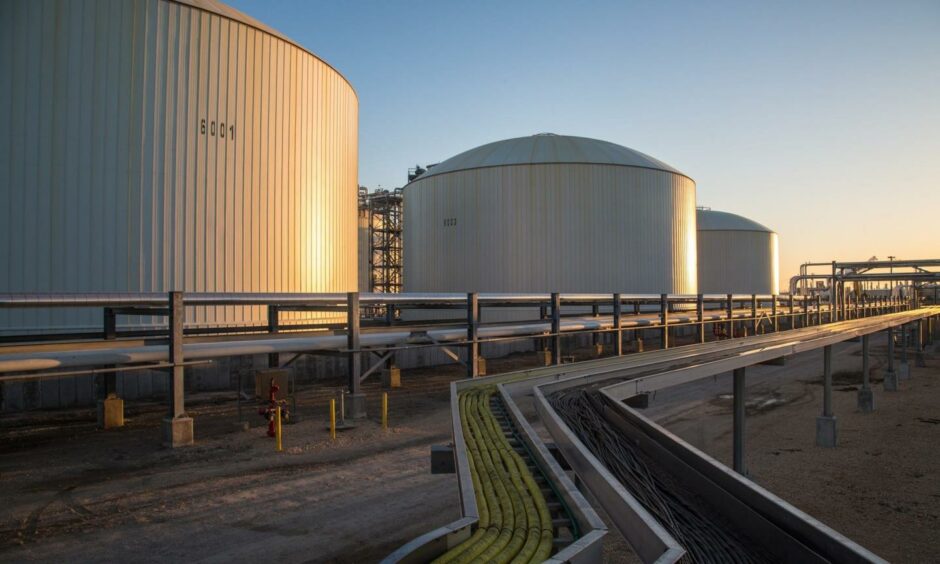
Trafigura Group, one of the world’s top oil and metals traders, has been holding talks with private equity groups to secure additional financing as soaring prices trigger giant margin calls across the commodities industry.
Trafigura has in recent weeks stepped up efforts to seek new funding from beyond its traditional group of bank lenders, according to people familiar with the matter.
The trader held talks with Blackstone Inc. for an investment of around $2 billion to $3 billion in preference shares or a similar hybrid instrument, but those talks ended without a deal, said the people, who asked not to be identified as the discussions were private. Trafigura has also approached Apollo Global Management Inc., BlackRock Inc. and KKR & Co., the people said.
The discussions with private equity firms have been broad-based, ranging from financing for specific projects to raising funding at a company level, the people said. There’s no certainty any of the discussions will progress to a deal, they said.
“As part of a longer-term strategy to diversify our sources of finance, we have been building relationships with alternative providers of capital,” Trafigura said in a statement. “We regularly engage with alternative capital providers on debt and equity opportunities across the business.”
Apollo did not provide an immediate comment. The other groups declined to comment.
Trafigura has been working to diversify its funding sources for several years. But the trader has recently accelerated its efforts amid one of the most volatile periods for commodity markets in history.
Traders rely on bank credit to finance the cargoes of commodities they ship around the world. When prices rise, the value of those cargoes goes up, increasing their need for financing. Higher prices also increase the requirement for cash, or “margin,” that the companies must put down to cover part of the value of short positions that they typically use to hedge the prices of long-term contracts or physical inventories.
Trafigura faced margin calls in the billions of dollars last week, the people said, as oil prices surged to $139 a barrel and nickel soared 250% in little more than 24 hours.
To be sure, Trafigura is still tapping the banking sector for funds. It earlier this month announced a $5.3 billion deal to refinance a revolving credit facility, and last week raised an additional $1.2 billion credit facility, expected to be increased to over $2 billion, to help it navigate “unprecedented market conditions and extreme volatility.”
And prices have fallen sharply from last week’s highs, providing some relief. Brent crude oil dipped back below $100 on Tuesday, and metal prices are also down.
While it’s continued to raise money from banks, Trafigura’s discussions with private equity groups suggest a recognition that its traditional sources of funds may have limited additional capacity to finance the company’s activities if prices rise further. The trader had $66 billion in credit lines from 140 banks, it said in its most recent annual report in December.
Trafigura is not alone among commodity traders in being hit by large margin calls, or seeking additional funding. Banks across Europe and the US are being asked to pitch credit packages to trading houses seeking new lines or to increase existing borrowing facilities, Bloomberg reported last week.
Trafigura, which is owned by about 1,000 of its employees, is discussing a range of different types of funding, the people said. By selling preference shares or another quasi-equity instrument, the trading house could bolster its capital without opening up its equity ownership to outsiders.
That would mark a divergence from the path taken by Glencore Plc, Trafigura’s closest competitor. After a selloff in Glencore’s debt threatened its ability to fund its trades during the 2008 credit crisis, Glencore sold convertible debt to investors including BlackRock and First Reserve Corp. the following year, setting it on a path to its initial public offering in 2011.
New sources of funding could give Trafigura firepower to take advantage of market opportunities even at high price levels. The company reported record profits of $3.1 billion in its financial year ending September.
Recommended for you
